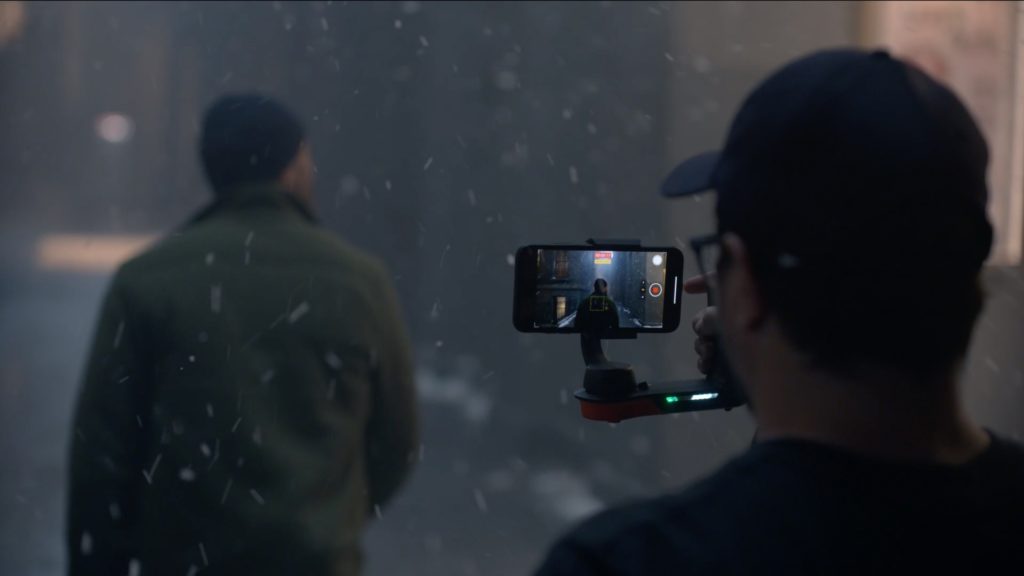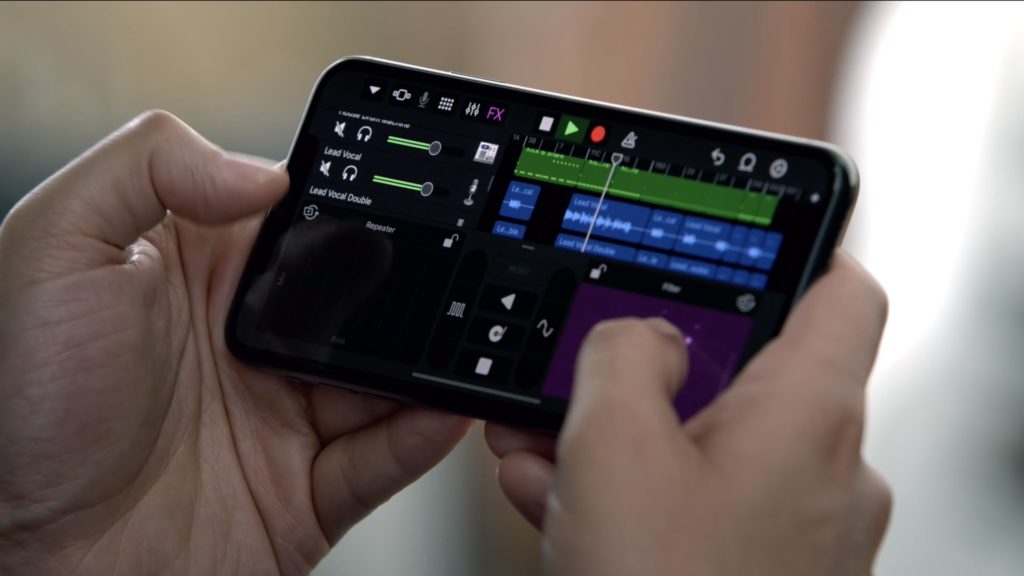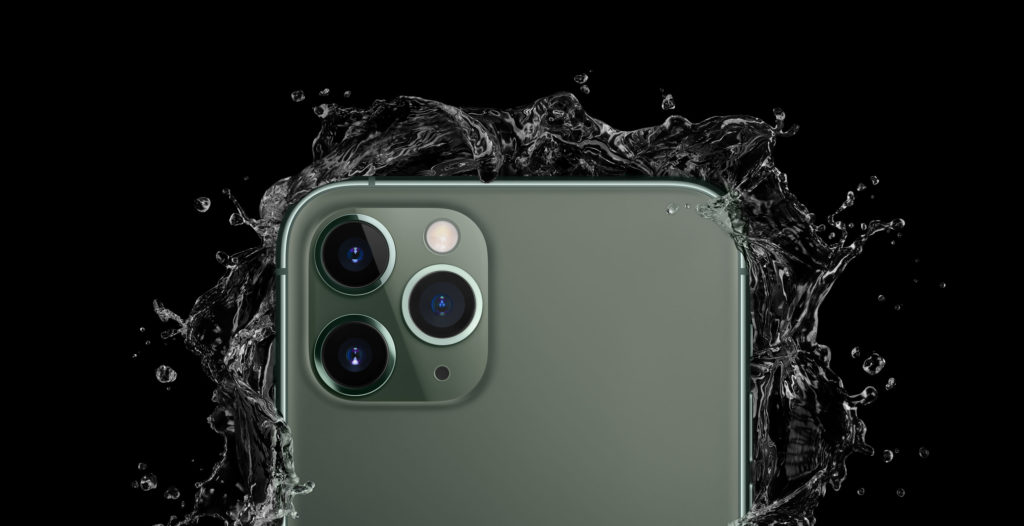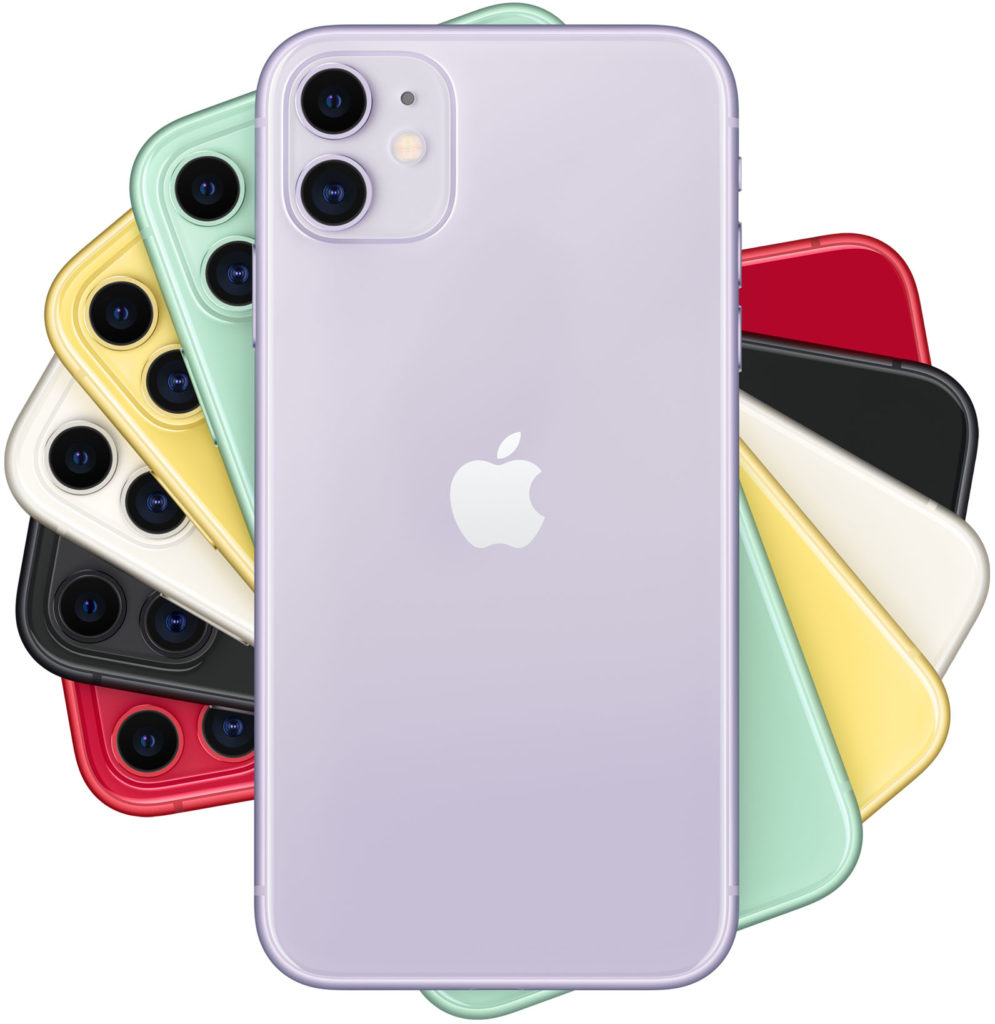Okay, so say you’ve got an awesome product you developed, but you’re not sure how to best present it. Should I do a photoshoot? Or just render it all in 3D?
Have no fear, here’s what you need to know about product photoshoots vs. 3D product renders.
1. Real-World Impact v. Product Focus

When it comes to deciding whether to photograph or 3D render your product, one of the first questions we ask is this: how important is it for your product to appear in the real world vs. placed in an abstract world?
In some cases, it’s really important to show your product physically impacting real-live people. For example, if your product is a shoe company that donates profits in the form of shoes to children around the world, you’ll likely want to showcase the real-world impact of your product. However, because it’s the real world, the product likely won’t look aesthetically pristine—there may be dust, grime, stains, etc. that you’ll need to fix in post somehow, if you can fix them at all.
So, in other cases, it’s more important to show off the product, almost as if it is an art piece in and of itself. If your product embodies an incredible aesthetic breakthrough or variation on an already well established concept (for example, new headphones), you’ll likely want to showcase the aesthetic strengths of your product.
Most marketing campaigns feature a mix between the two.

For example, Apple almost always has a sleek, dynamically lit, 3D rendering of their newest product making the product perfect and beautiful, but they also almost always have footage or photos of people interacting with the product in their daily life, making it real and tangible.
If you have the budget of an Apple (or an orange for that matter, hehe), then you may not have to pick between these two—in fact, quite frequently, we provide both product renderings and live action shoots of the product. But if budget is an issue and you need to pick, the question to ask is this: “Is it more important for my customers to see how it interacts with them and adds to their life? Or is it more important for them to see how cool the product is aesthetically?”
Handshake Rule of Thumb
If interaction is more important, advantage: photoshoot.
If product aesthetics are more important, advantage: 3D rendering.
Creative Control

Another important thing to consider is how much creative control you’d like to have over the product. There are certain things you can do in 3D that you can’t do with straight up photography (that is, unless you’re a magician).
We’re talking:
- Making the product float in 3D space
- Dividing, slicing, bending the product (physically impossible things)
- Freezing the product in high-speed action
- Changing the textures/colors of the product
- Cross-section or assembly of the product

To be fair, some of these things are achievable in photography—no doubt with an army of sculptors and prop designers. However, you simply don’t have as much control as you do in a 3D environment, where everything is built from the ground up and positioned with pixel-perfect intentionality.
This also has a lot to do with any changes you might want to make to the product itself. To update a product or environment in the real world would involve as much as a full re-shoot. On the flip side, with 3D, an update to the product or environment could be as simple as a few mouse clicks.
Handshake Rule of Thumb
If maximum creative control and flexibility is a must, advantage: 3D rendering
Budget
Welp, we all knew it was coming. Buuuudget.
But alas, in the real world, budget can be an issue. So let’s see what the difference in cost is between photo shoots and 3D renderings.
Both are incredibly variable because there are a lot of creative factors that figure into the cost, however, generally speaking a photoshoot is less expensive than 3D rendering. It requires a series of steps to make it look real = wireframing, modeling, rigging, posing, texturing, lighting, compositing, and rendering time that makes it more expensive. It’s not as simple as taking a photo, certainly. Especially if you’re doing 3D video renderings; that adds a ton of time.
So…
Handshake Rule of Thumb
If budget is not as much of a concern, advantage: 3D rendering
If it is, advantage: photoshoot.
Conclusion
Still not sure which is right for you? We’d be happy to chat about it with you. Just drop us a line here and we’ll figure out the best solution to fit your specific business need.
And hey, if this was helpful, please let us know and share it with anyone you know who might appreciate it. We’d love to help more folks figure out how best to market their products!

